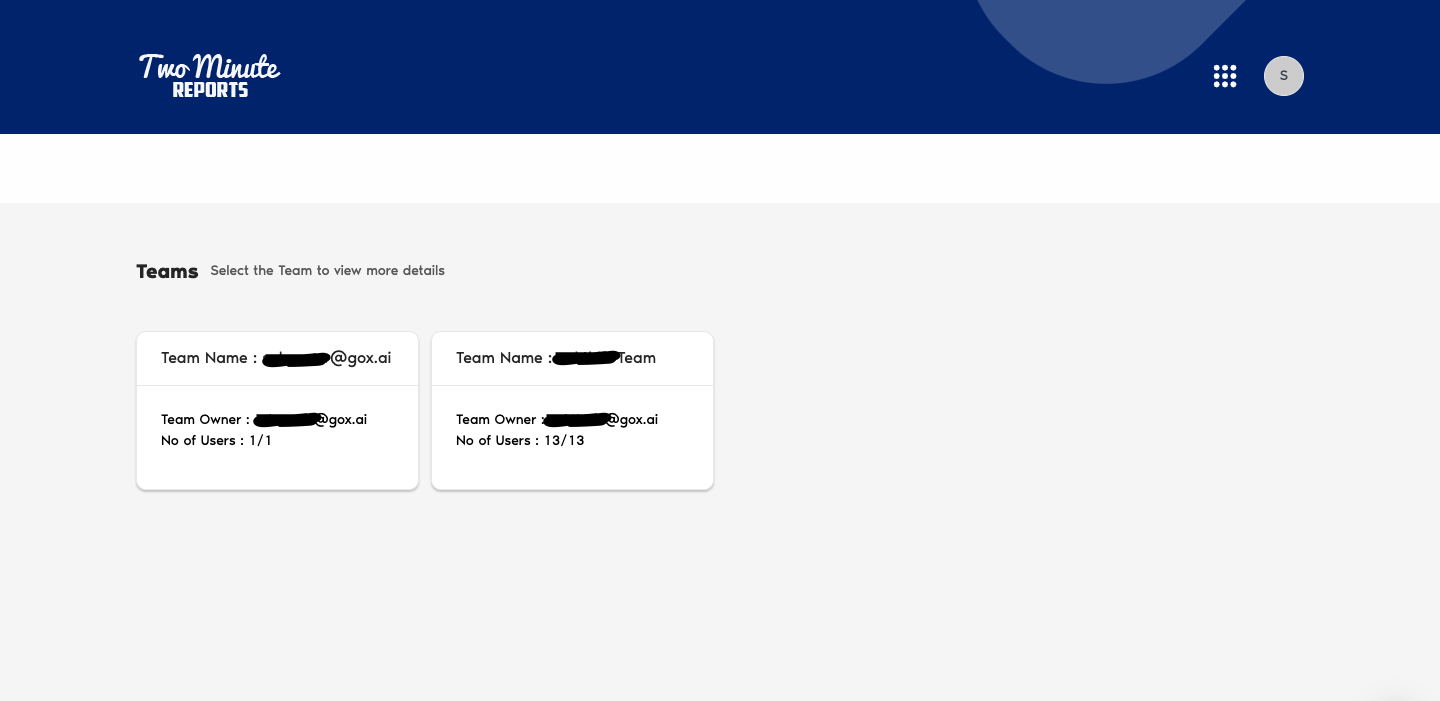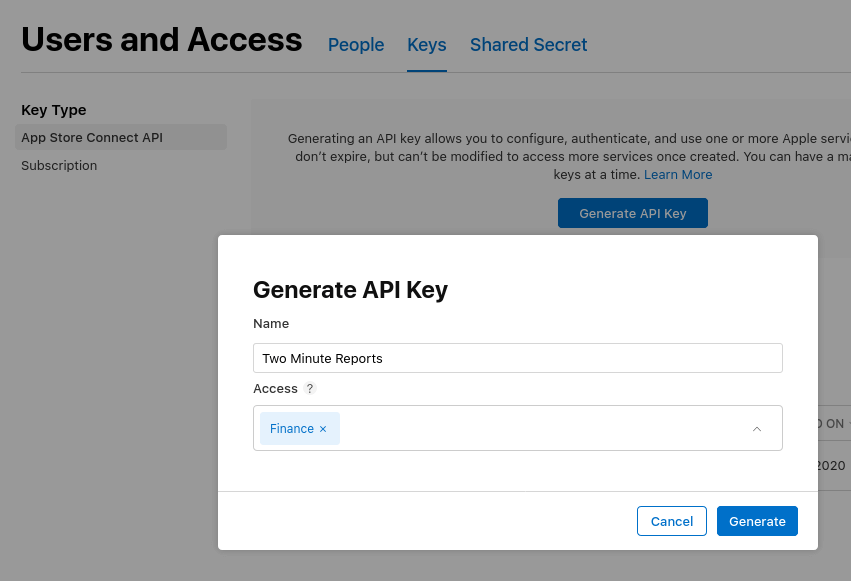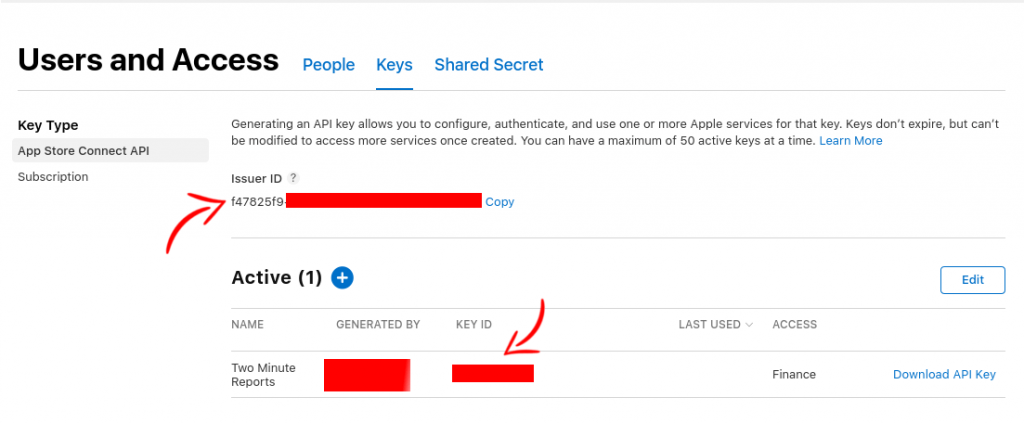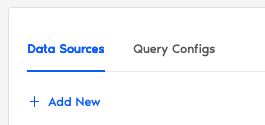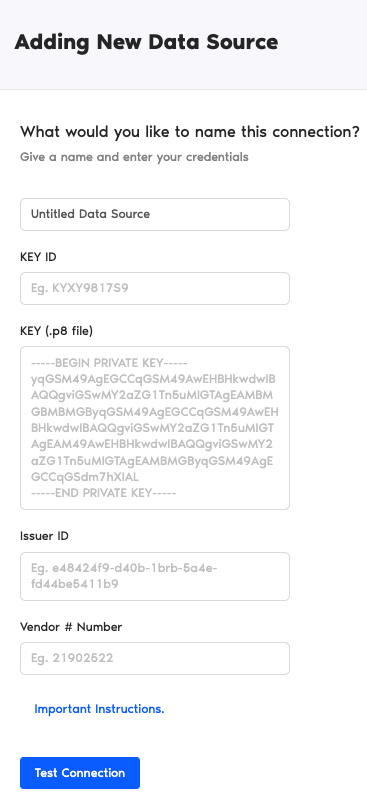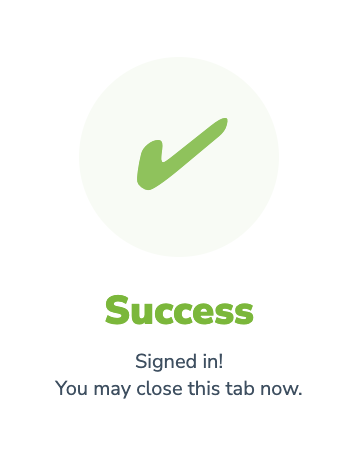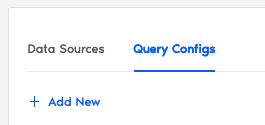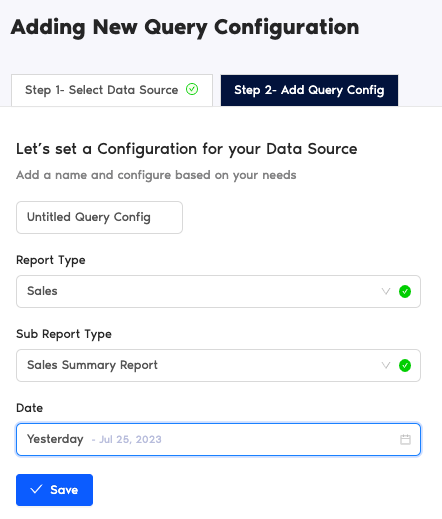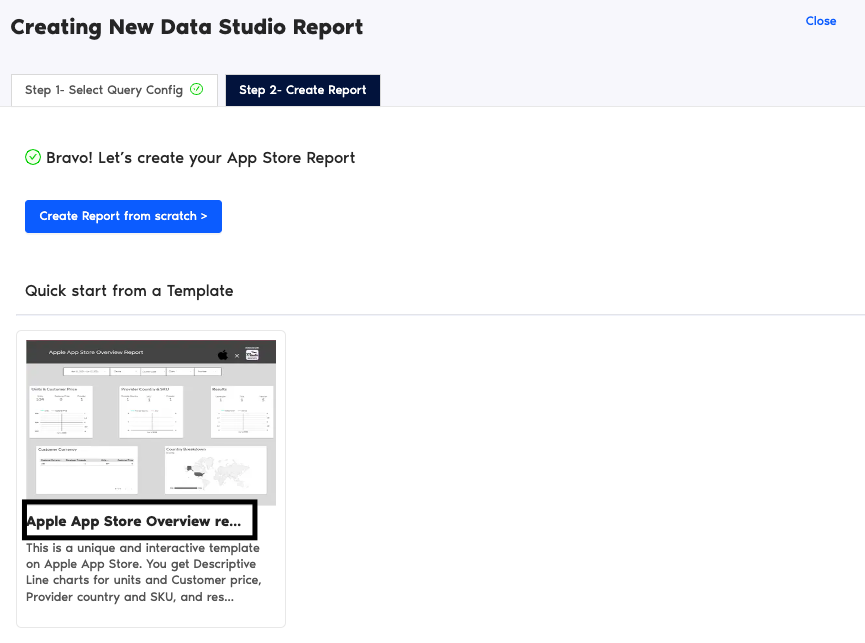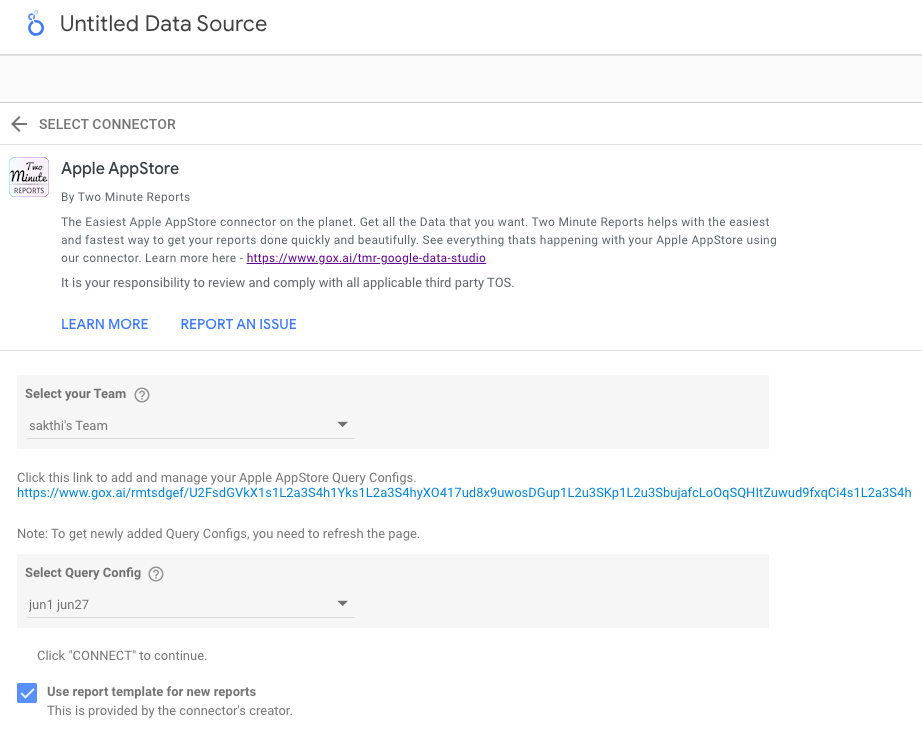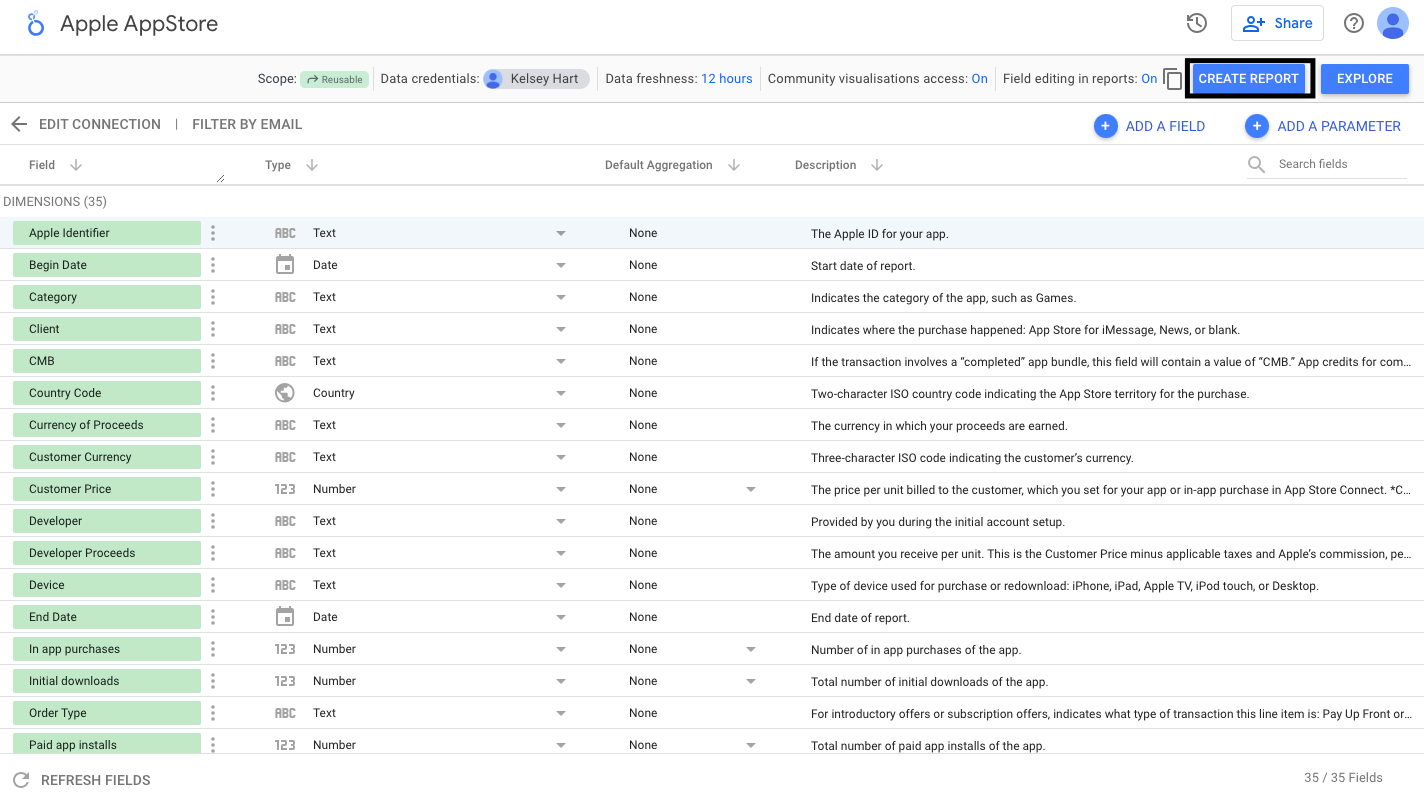Gaining insights from the Apple App Store is important. However, it can be time consuming to manually import and export through and find the same metrics everyday to create a dashboard. Fortunately, with Two Minute Reports, you can extract your App Store performance data and instantly format it to your liking in Looker Studio.
Two Minute Reports solves this problem for you. TMR connects with other data sources so you can easily reduce your time creating manual reports. Here’s a guide on how to do that.
Select App Store in the TMR Portal
The first thing to do is to go through our portal and select the data source you want to add.
- Go to apps.gox.ai and Login to your account.

- Choose Two Minute Reports for Looker Studio (the blue one).
- Select your team. If you only have one team, you skip this and TMR automatically redirects you to the connectors page.
You will now see the connectors page.
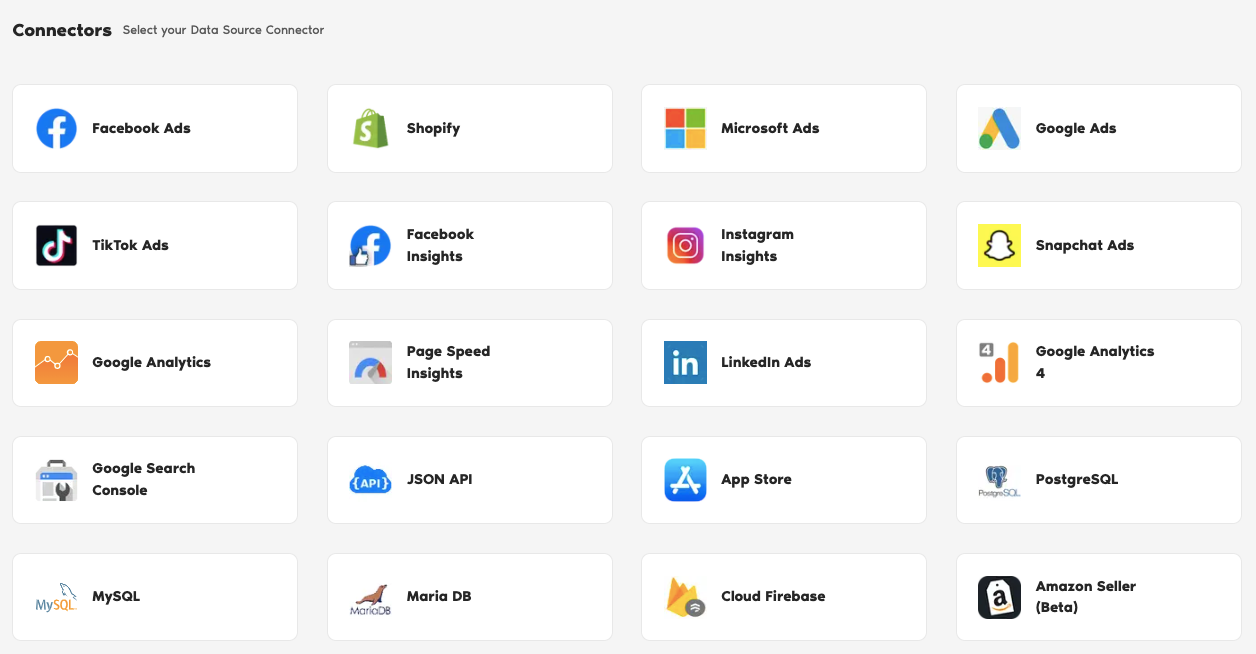
- In the connectors page, find and select App Store.
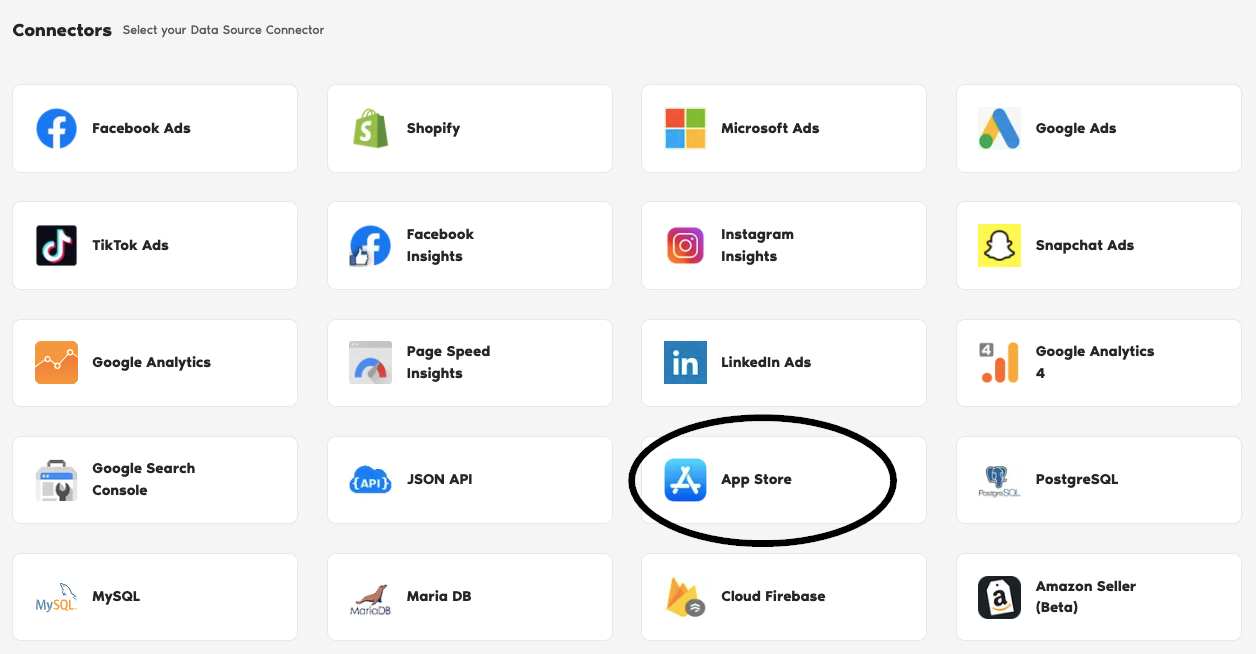
Get your free keys from Apple
It’s required for Apple to enter a key to connect to Two Minute Reports. In Apple’s case you need to create a ‘.p8 file’ and other IDs to acquire an API key. The API key provided by HubSpot is then entered in Two Minute Reports interface later on. Getting your connection details from Apple is easy.
What is an API key?
Go to Apple App Store Connect and get the following 4 items:
- The API key file ( .p8 file ) : Generate and download the API Key from Apple App Store Connect. Make sure to enable “Finance” access, this gives you permission to get both Sales and Finance metrics.
- The KEY ID for API Key you just generated
- The Issuer ID
- The Vendor # Number shown on the Payments and Financial Reports page
Authorize Your App Store Account
The next series of steps is to configure your App Store account with TMR.
Connect to Your App Store Account
In this section, you need to login to your App Store account for authentication making sure it connects with TMR and Looker Studio.
- Under Data Sources, click +Add New button.
- Name your data source.
- Enter the Key ID you acquired from the previous section.
- Enter the Key (.p8 file) you acquired from the previous section.
- Enter the Issuer ID you acquired from the previous section.
- Enter the Vendor # Number you acquired from the previous section.
- Click the blue Test Connection button.
- If successful, Two Minute Reports gives a prompt “Signed in! You may close this tab now.“
Configuring Your App Store Account with TMR
- In the Query Configs section, click + Add New button. Choose the data source you added earlier. Click Next.
The next following steps is where you configure your App Store settings to TMR so that you can create reports in Looker Studio. You may configure the following parameters depending on your preference as TMR has imported them.
- Name your query config.
- Select your preferred Report Type.
- Select your preferred Sub Report Type.
- Select the Date range.
- Click Save.
Once everything is finished, click Create Report. The next section is creating reports in Looker Studio.

Create an App Store Report with TMR in Looker Studio
There are two options to create a App Store Ads report with TMR in Looker Studio. You can choose to select our templates or create your own custom reports.
Option 1: Use Two Minute Reports Template
Option 2: Create Report from Scratch
Option 1: Use Two Minute Reports Template
If you prefer to use a template, Two Minute Reports has many template dashboards to choose from.
- After clicking Create Report from the previous section, select any of our templates. In this example, click Apple App Store Overview Report.
- You are redirected to Looker Studio. In Looker Studio, under Select Query Config, choose the configuration you created earlier (it should be the name you gave it). Under Select your Team, choose the appropriate team as well if the dropdown is showed to you.
- Click the blue Connect button in the upper right side of the page.
- You can now view the App Store schema on Looker Studio. Click Create Report in the right side of the page.
Once everything is loaded, you are presented with a custom template report from Two Minute Reports. You can use your App Store data to this report and edit as you see fit.
If you want to learn on how to use your own data to our templates, read How to use templates for Looker Studio
Option 2: Create Report from Scratch
You can also create your own custom dashboard in Looker Studio. Looker Studio is a powerful data visualization tool that contains many features to help you reduce time creating reports.
- After clicking Create Report from the previous section, click Create Report from scratch blue button.
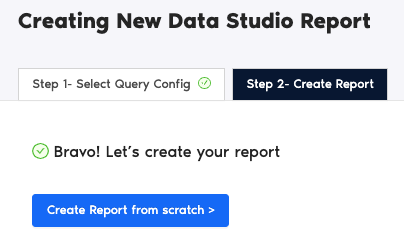
- You are redirected to Looker Studio. In Looker Studio, under Select Query Config, choose the configuration you created earlier (it should be the name you gave it). Under Select your Team, choose the appropriate team as well if the dropdown is showed to you.
- Click Connect blue button in the upper right side of the page.
- You can now view the App Store Ads schema on Looker Studio. Click Create Report in the right side of the page.
Once everything is loaded, you are presented with a blank canvas. You can now create custom reports (adding dates and charts) in Looker Studio with your App Store Ads data.
If you want to learn about creating your own report, like adding dates and charts, read How to Create a Report in Looker Studio

